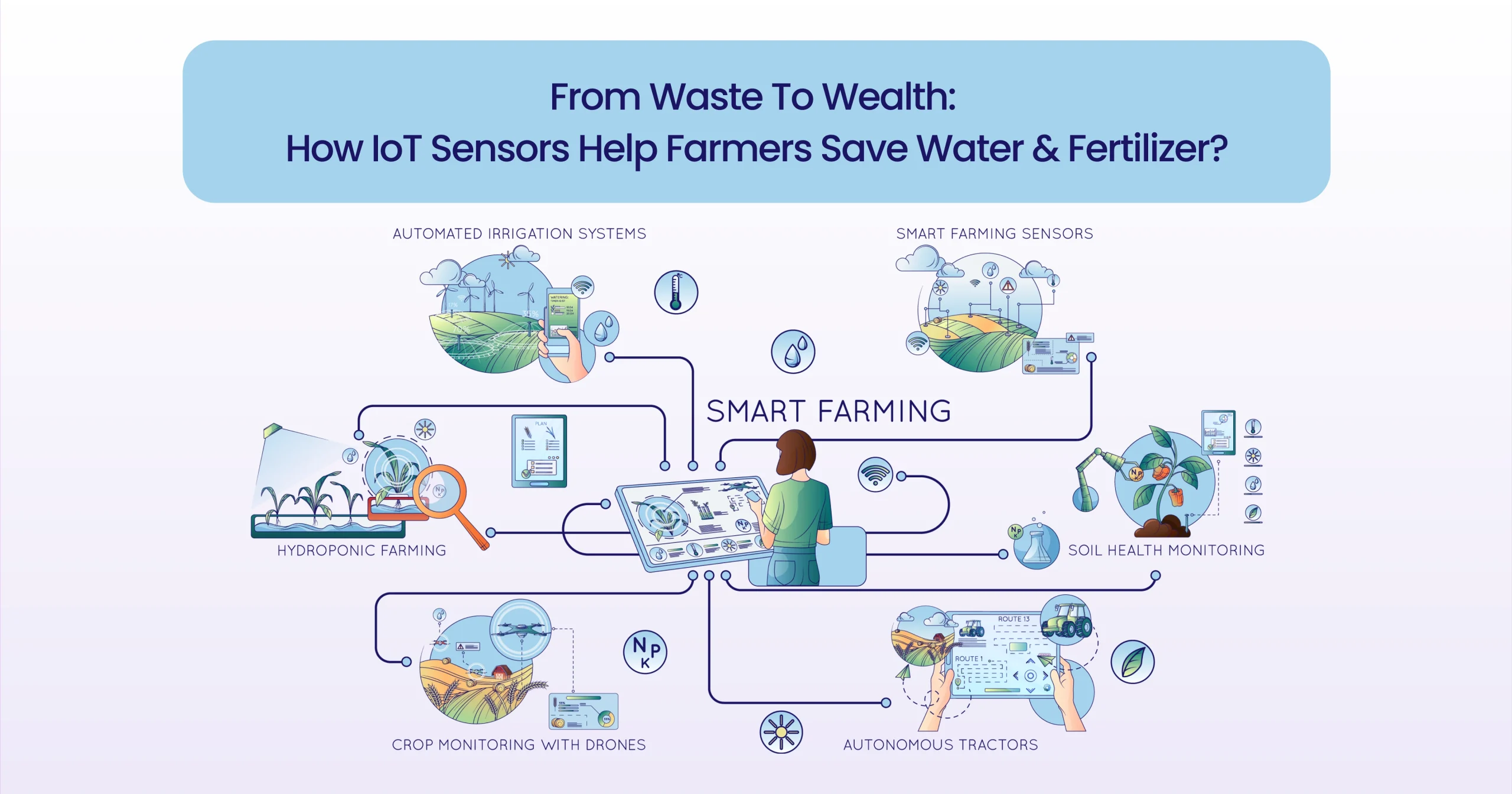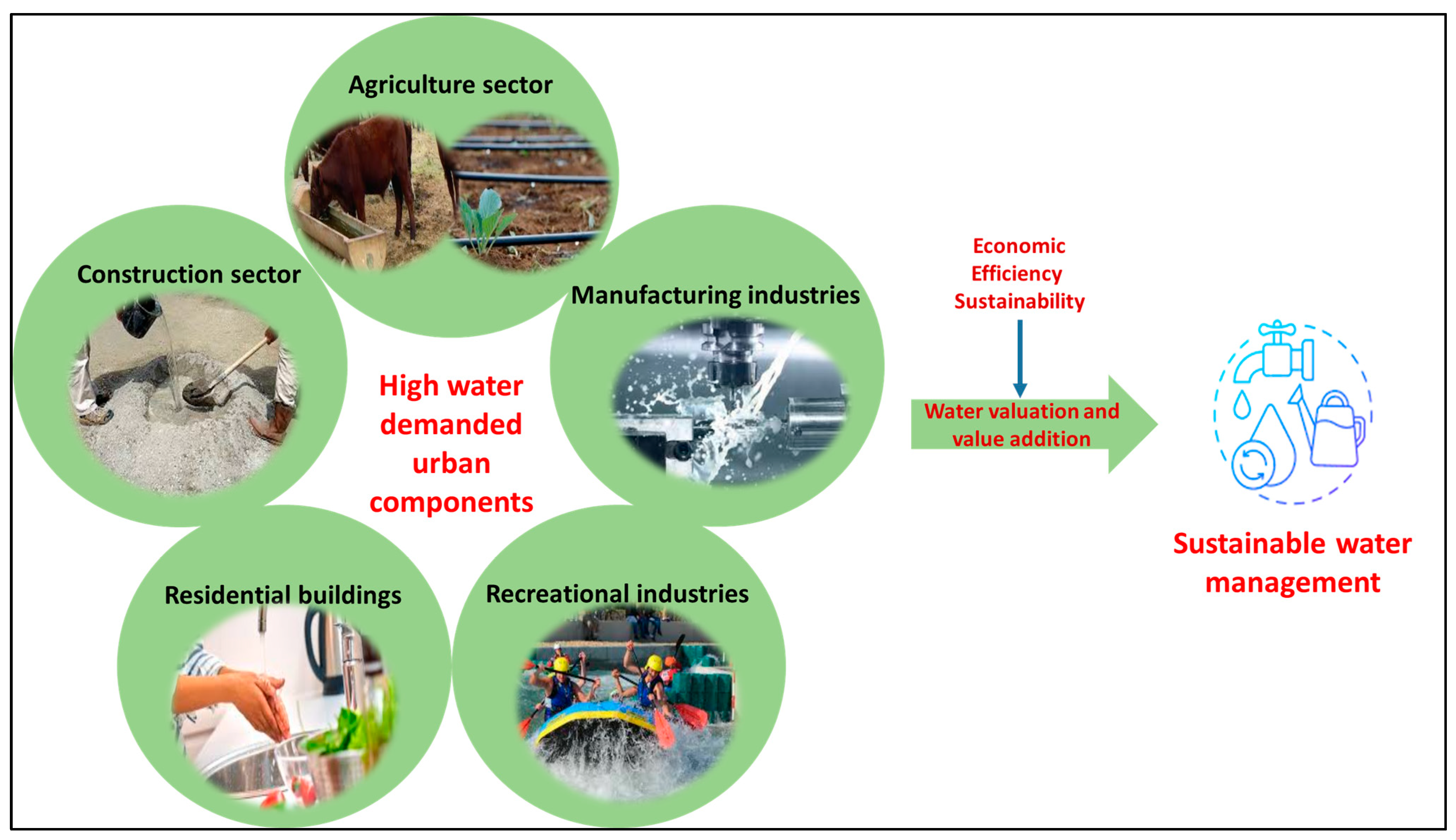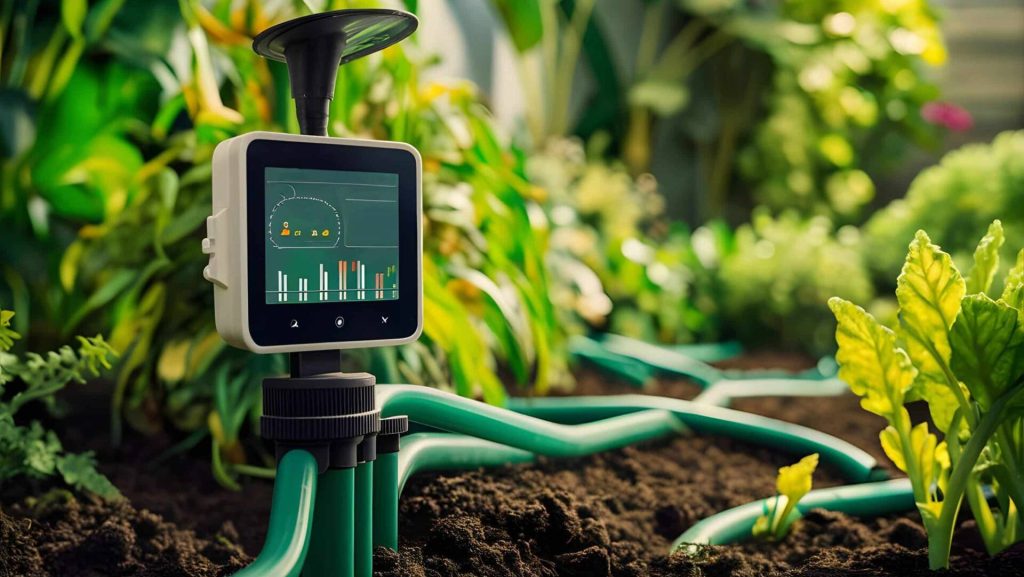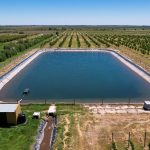Imagine the impact if you could cut your water usage by almost half. Water is one of your most precious resources, especially if you are in agriculture.
Now, picture this: a farmer who actually achieved this remarkable feat, reducing water usage by 40%. How did they do it? What can you learn from their experience to apply in your own farming practices? This case study holds the answers.
You might be wondering if such a change is even possible for you. The truth is, it might be easier than you think. By the end of this article, you’ll discover practical steps that you can implement right away. This isn’t just about saving water; it’s about increasing your efficiency, cutting costs, and playing a part in sustainability. Dive in to find out how this farmer turned challenge into opportunity, and how you can too.

Innovative Irrigation Techniques
In the realm of agriculture, water conservation is crucial. Farmers constantly seek methods to reduce water usage. One farmer succeeded in cutting water usage by 40%. He employed innovative irrigation techniques. These methods not only save water but also enhance crop yield. Let’s explore the techniques that led to this remarkable achievement.
Smart Drip Irrigation
Drip irrigation delivers water directly to the plant roots. It minimizes evaporation and runoff. This method ensures plants receive precise water amounts. Sensors monitor soil moisture levels. Farmers adjust the water flow accordingly. This technology maximizes efficiency while conserving water.
Automated Sprinkler Systems
Automated sprinklers distribute water evenly across fields. Timers control the watering schedule. They operate during cooler hours to reduce evaporation. This system is easy to manage and maintain. It adjusts to weather changes and plant needs. Automated sprinklers optimize water usage effectively.
Rainwater Harvesting Techniques
Rainwater harvesting captures and stores rainwater for irrigation. It utilizes tanks and reservoirs to collect runoff. Stored rainwater is a sustainable resource. It reduces dependency on groundwater sources. Farmers use it during dry spells for continuous irrigation. This method significantly cuts water usage.
Subsurface Irrigation Systems
Subsurface irrigation systems deliver water below the soil surface. They target plant roots directly. This technique prevents water loss from evaporation. It enhances nutrient absorption and growth. Farmers achieve higher yields with less water. Subsurface irrigation proves effective in conserving water.

Sustainable Practices
Sustainable practices are vital for conserving resources and protecting the environment. Farmers face the challenge of using water efficiently to maintain crops and livestock. In our case study, a farmer successfully reduced water usage by 40% through sustainable methods. Let’s explore the effective techniques employed.
Efficient Irrigation Systems
The farmer installed drip irrigation systems to deliver water directly to the roots. This method reduces evaporation and ensures plants receive the necessary moisture. By targeting specific areas, the farmer minimized water waste significantly.
Soil Moisture Monitoring
Monitoring soil moisture helped the farmer decide when and how much to water. Advanced sensors provided real-time data on soil conditions. This information allowed precise irrigation scheduling, conserving water resources effectively.
Crop Rotation And Diversity
Implementing crop rotation improved soil health and reduced water needs. Different crops have varying water requirements, balancing the overall demand. By diversifying crops, the farmer maintained productivity with less water.
Mulching Techniques
Using organic mulches helped retain soil moisture and reduce evaporation. Mulch also suppressed weed growth, which competes for water. This simple technique enhanced water conservation and soil quality.
Rainwater Harvesting
The farmer set up rainwater harvesting systems to capture and store rainwater. This stored water became a valuable resource during dry spells. It reduced dependence on external water sources and ensured sustainable usage.
Technology Integration
In recent years, technology has transformed farming practices globally. Farmers now embrace innovative tools to enhance productivity and sustainability. This case study highlights a farmer’s journey to reduce water usage by 40%. Technology played a crucial role in achieving this goal.
Smart Irrigation Systems
The farmer installed a smart irrigation system. This system monitored soil moisture levels. It provided water only when necessary. This reduced water wastage significantly. The system also adjusted water supply based on weather predictions.
Drones For Monitoring
Drones offered valuable insights into crop health. They captured images of the fields. These images highlighted areas needing attention. The farmer could then address specific areas, optimizing water use.
Soil Sensors
Soil sensors provided real-time data on moisture content. This information guided irrigation decisions. The farmer knew exactly when to water the crops. This precision prevented over-irrigation.
Data Analysis Tools
Data analysis tools helped in understanding water usage patterns. The farmer could see trends and make informed decisions. This understanding was crucial in planning future water needs.
Automated Weather Stations
Weather stations provided accurate forecasts. They alerted the farmer about upcoming rain. This allowed for adjustments in irrigation schedules. Reducing unnecessary watering saved a lot of water.

Results And Impact
The case study highlights a farmer’s journey to reduce water usage. The results are impressive, showcasing a significant impact on both the environment and the farmer’s operations. By implementing new techniques, the farmer managed to cut water usage by a remarkable 40%. This achievement not only benefits the farm but also contributes to sustainable agriculture practices.
Water Conservation Achievements
Reducing water use by 40% is a notable achievement. The farmer’s efforts led to significant water savings. This reduction helps preserve local water sources. It also ensures more water availability for future use.
Economic Benefits
Lower water use means reduced costs. The farmer saves money on water bills. These savings can be reinvested in the farm. It enhances profitability and financial stability.
Environmental Impact
Less water usage benefits the environment. It reduces pressure on local water bodies. The farm’s carbon footprint is also lowered. Such practices promote ecological balance and sustainability.
Community Influence
This success story inspires other farmers. It shows the benefits of sustainable practices. It encourages the community to adopt similar methods. This can lead to widespread environmental improvement.
Conclusion
This case study shows how a farmer cut water usage by 40%. Simple steps led to big savings. Careful planning and smart techniques made a difference. This approach helps the environment and saves money. Every farmer can learn from this example.
Small changes can have a huge impact. Water conservation is crucial for future farming. Farmers can protect resources and boost sustainability. Implementing these practices can benefit farms and communities alike. Let’s support smart farming to preserve our planet. Sustainable farming is the path forward.


